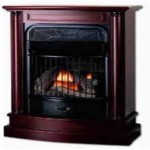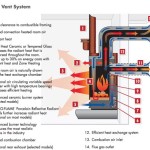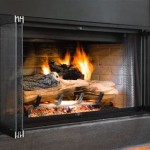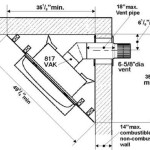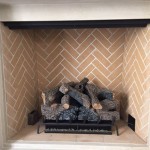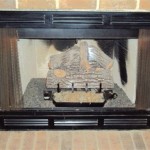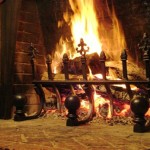Gas Fireplaces in Vermont: A Comprehensive Guide
In the picturesque state of Vermont, where the winter chill sets in deep, gas fireplaces offer a warm and inviting respite from the cold. These fireplaces combine the convenience of natural gas with the charm and ambiance of a traditional wood-burning hearth. If you're considering adding a gas fireplace to your Vermont home, here's a comprehensive guide to help you understand the essential aspects.
Types of Gas Fireplaces
Gas fireplaces come in various types to suit different preferences and home designs:
- Direct Vent Fireplaces: Exhaust fumes directly outside, allowing for maximum heat efficiency.
- Vent-Free Fireplaces: Do not require a vent, making them easy to install in existing homes.
- Log Style Fireplaces: Mimic the appearance of a traditional wood-burning fireplace, complete with ceramic logs.
- Linear Fireplaces: Offer a sleek and modern look with a rectangular or wide-shaped firebox.
Installation Considerations
Professional installation is crucial for the safe and efficient functioning of your gas fireplace. Key factors to consider include:
- Gas Line: Ensure a dedicated gas line with adequate size and pressure.
- Ventilation: Proper ventilation is essential to remove exhaust gases and maintain air quality.
- Placement: Choose a location that allows for proper clearance from walls and furnishings.
Fuel Efficiency and Heating
Gas fireplaces are typically more energy-efficient than wood-burning stoves. They provide instant heat and offer precise temperature control, reducing energy waste.
The heating capacity of a gas fireplace is measured in BTUs (British Thermal Units). Higher BTU ratings indicate greater heat output, suitable for larger rooms.
Maintenance and Safety
Regular maintenance is essential to keep your gas fireplace operating safely and efficiently. This includes:
- Annual Inspection: By a qualified professional to check gas connections, ignition systems, and ventilation.
- Log Cleaning: Remove dust and debris from ceramic logs to maintain realistic flame effects.
- Burner Examination: Inspect the burner for any damage or blockages that could affect performance.
For safety, always follow the manufacturer's guidelines, keep combustible materials away from the fireplace, and ensure proper carbon monoxide detection.
Benefits of Gas Fireplaces in Vermont
Gas fireplaces offer numerous advantages for Vermont homeowners:
- Convenience: Instant heat with remote control operation.
- Cost-Effectiveness: Affordable and efficient way to add warmth.
- Ambiance: Create a cozy and inviting atmosphere.
- Design Flexibility: Available in various styles to complement any decor.
- Environmental Benefits: Compared to wood-burning fireplaces, gas fireplaces produce fewer emissions.
Conclusion
Gas fireplaces are an excellent choice for adding warmth and ambiance to your Vermont home. By understanding the different types, installation considerations, fuel efficiency, maintenance, safety, and benefits, you can make an informed decision to enhance your living space with a safe and cozy gas fireplace.

Vermont Castings Intrepid Gas Stove Fireside Hearth Home

Intrepid Direct Vent Gas Stoves By Vermont Castings Forge Flame

Vermont Castings Intrepid Gas Freestanding Stove Fergus Fireplace

Vermont Castings Radiance Gas Freestanding Stove Fergus Fireplace

Radiance Direct Vent Gas Stoves By Vermont Castings Forge Flame

Vermont Castings Radiance Gas Stove Fireside Hearth Home

Intrepid Direct Vent Gas Stoves By Vermont Castings Forge Flame

Vermont Castings Star Gas Stove Fireside Hearth Home

Vermont Castings Intrepid Gas Stove Mountain Home Center

Vermont Castings Intrepid Gas Stove Fireside Hearth Home

